What is the condensation on the outside of your windows trying to tell you, according to experts
Should you worry about condensation on the outside of your windows? Experts advise
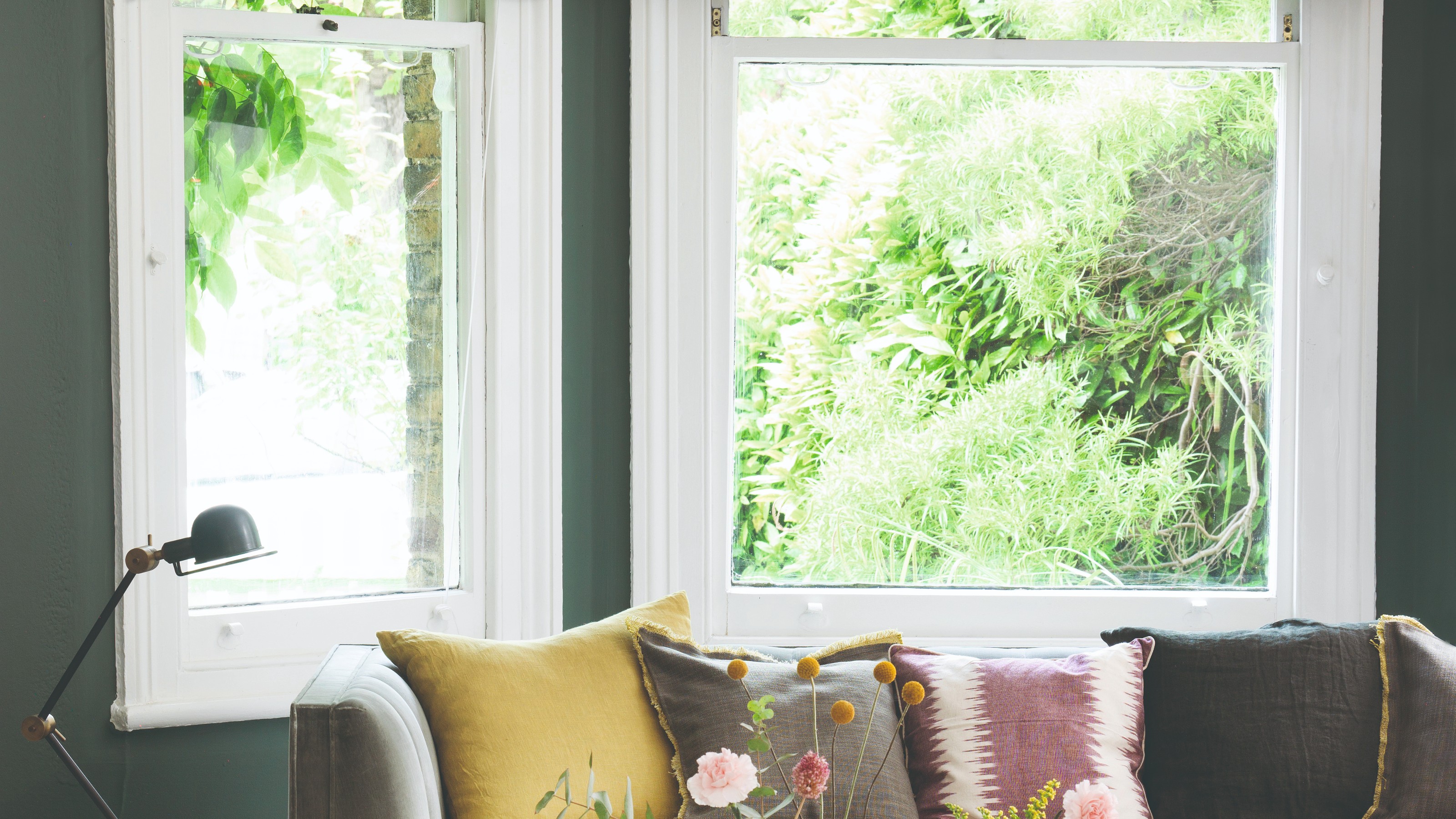

As the temperatures continue to drop with the onset of the new season, you may have noticed a new phenomenon forming on the outside of your windows – condensation. And therefore you might wonder, ‘why is there condensation on the outside of my windows?’
We all know that indoor condensation can be fixed by utilising one of the best dehumidifiers. But what to do if the condensation is on the outside of your windows ruining your views and god knows what else?
That’s why we turned to our experts to explain why our windows are steaming up from the outside and what it’s caused by. They also answer questions such as, is it bad and can we get rid of it to be able to look out of the window again? Here’s what they said.
Why is there condensation on the outside of your windows?

‘With copious amounts of rain forecasted, moisture-related issues can extend beyond the indoors to affect outdoor window condensation,’ explains Jo Trotman, marketing manager at window experts The Residence Collection.
‘Online searches for “outdoor window condensation” have surged by 90% compared to last week, indicating that homeowners are seeking solutions to combat this issue in the face of rainy weather.’
Obviously, more people than this writer are wondering why their windows are steaming up on the outside and our experts advise why that is.
What causes condensation on the outside of windows?
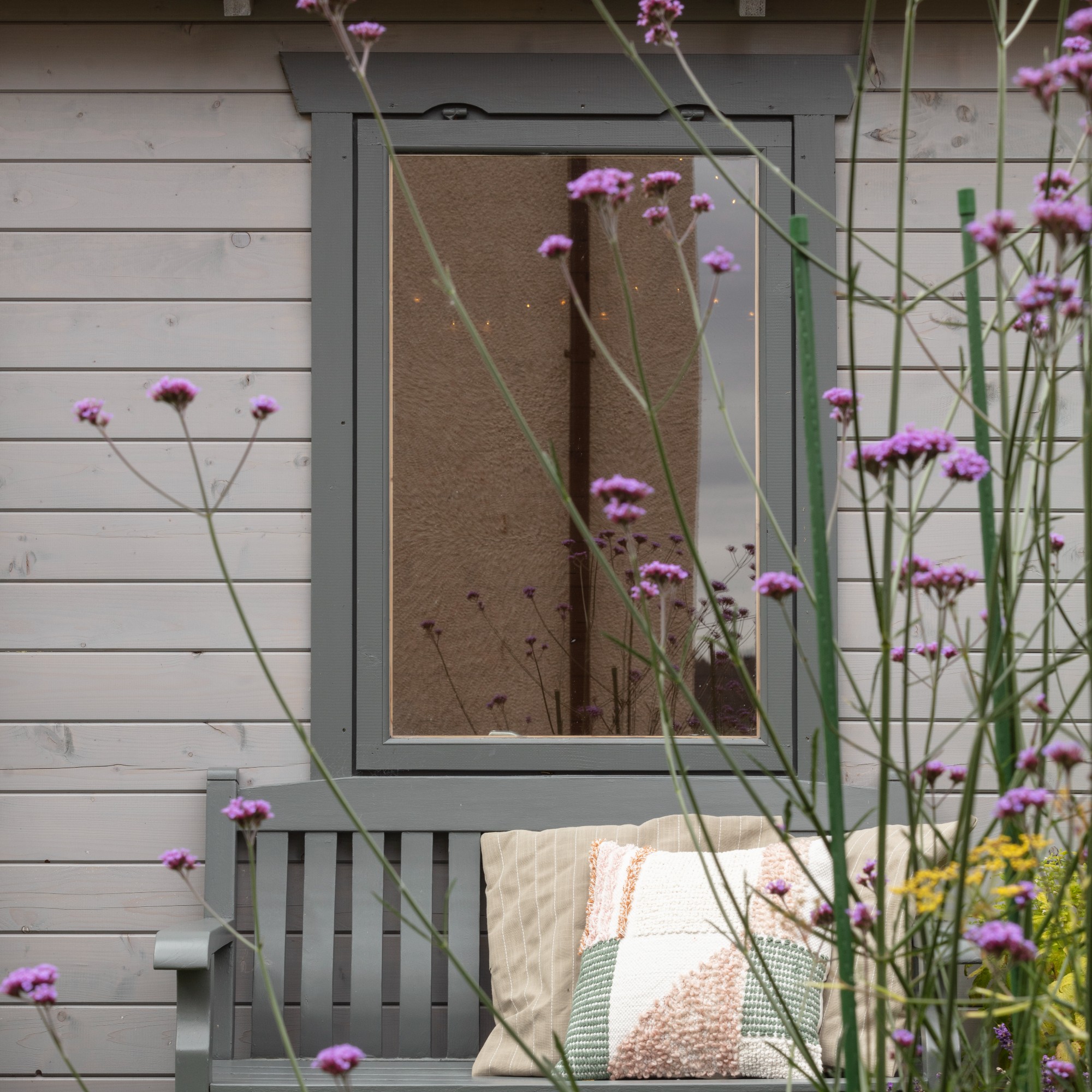
The cause of this occurrence is quite simple – humidity and temperature difference.
Get the Ideal Home Newsletter
Sign up to our newsletter for style and decor inspiration, house makeovers, project advice and more.
‘The outdoor environment plays a significant role,’ says Allan Reid, window expert and founder of Art Windows and Doors. ‘Cold weather and dew points can make windows colder, making condensation more likely. Additionally, condensation is more noticeable on clear, calm nights when there's less air movement to disperse the moisture.’
'Your first thought when you see condensation will probably be that something is wrong, either with your home ventilation or with your windows themselves, when the root cause often lies in excessively high outdoor humidity levels,' explains Jo.
'The ambient air around us naturally contains tiny, invisible droplets known as water vapour. When water vapour and moisture in the air settles on colder surfaces, such as a wall or window – like your outdoor windows – then condensation forms.’
Is condensation on the outside of windows bad?

Apart from wondering what the condensation on the outside of your windows is caused by, you’re probably also thinking whether it poses any risks. Whether that’s to you, your windows or your home in general.
Generally speaking, you shouldn’t worry. ‘Exterior window condensation, though not a cause for alarm, can be a bit of a nuisance,’ says Sean MacAnbhaird, managing director at Core Sash Windows. ‘While condensation outside of windows runs the risk of blocking your view, it poses no threat to your windows or your home's structure.’
‘It's actually a sign that your windows are doing their job well. Exterior condensation indicates that your windows are efficiently maintaining indoor warmth while keeping the chilly outdoor air at bay.’
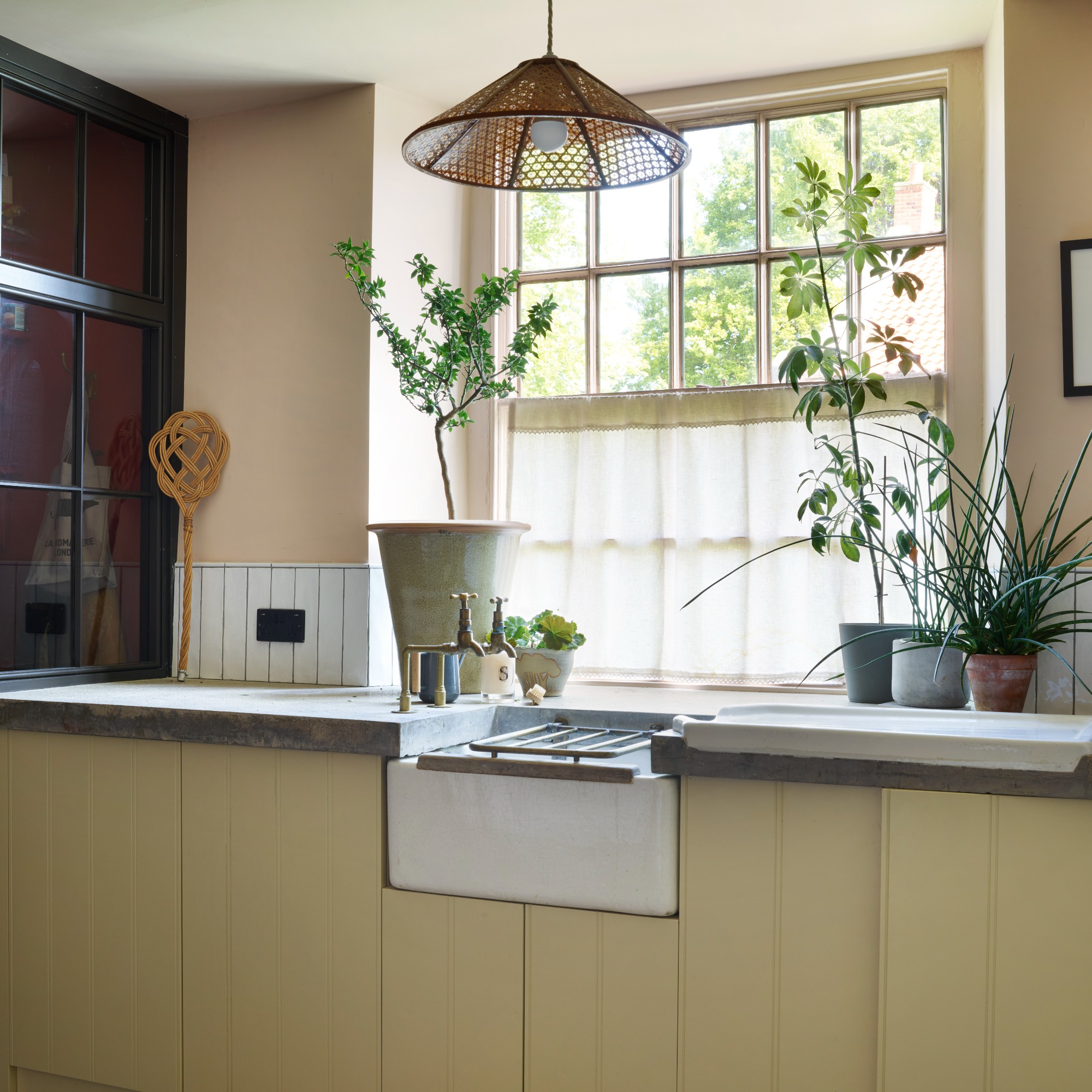
That’s a relief. However, don’t celebrate too early as it can be a bad thing in certain situations.
‘It’s a lesser known fact that it can lead to rot on wood window frames, plaster damage and commonly mould, which is a significant health hazard,’ warns Simeon Simeonov, handyman specialist at Fantastic Services. ‘That’s why it’s vital to be proactive and keep it under control.’
So if you’re experiencing too much outside window condensation or if you have wooden window frames (or both), it’s best to address it. Which brings us to our next point...
How do you stop condensation on outside windows?
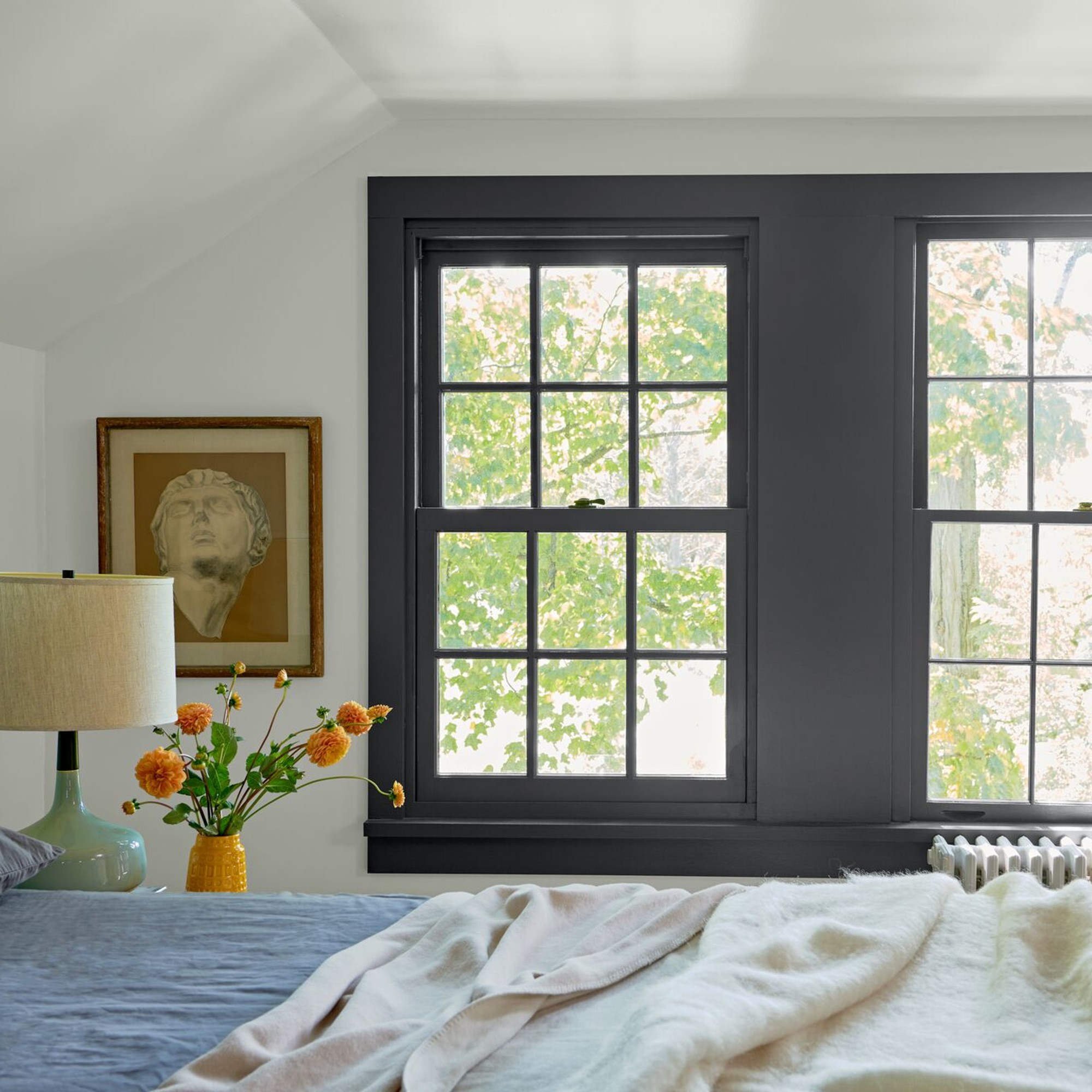
Surprisingly enough, the ways to get rid of outside condensation are largely similar to how to stop condensation on windows indoors. Since it might be too difficult to consistently wipe condensation off windows on the outside, there are some other suggestions our pros came up with.
‘Too much condensation on the outside of your windows might be a sign that the humidity indoors is too high,’ explains Sean. ‘To manage condensation and prevent mould, you can take practical steps to ensure your home has proper ventilation and can disperse excess moisture. Consider improving window insulation to reduce the temperature difference between the inner and outer glass surfaces, or invest in a dehumidifier.’
So even in the winter, make sure to regularly open your windows for proper ventilation; when cooking in the kitchen and showering in the bathroom, put your extraction fan on; and invest in a dehumidifier. What else?
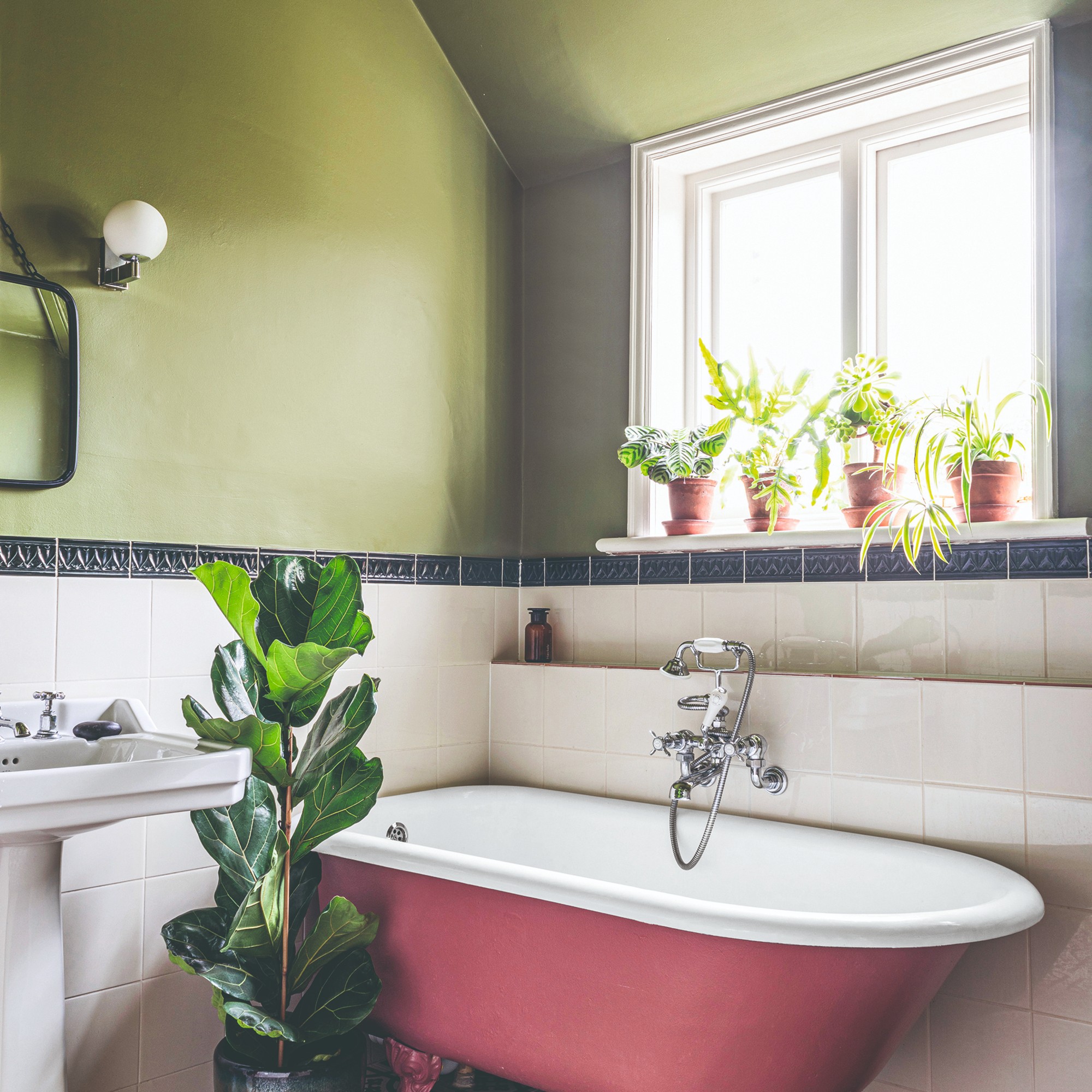
‘Installing blinds, curtains, or drapes can help you raise the temperature of your windows, which will, in turn, reduce the condensation on them because the warm air in your house won’t be hitting a cold surface anymore,' says handyman Simeon.
'However, keep in mind that blinds and curtains can sometimes also trap moisture between them and the windows. It’s recommended to open them early in the morning, especially in the kitchen and the bathroom.'
Jo chimes in, recommending double and triple-glazed windows over single-glazed ones in order to avoid condensation. ‘Single-glazed windows will inevitably cause condensation because they have a far lower surface temperature than the rest of the home,' she notes.
'Altogether this makes single-glazed windows more likely for condensation and dampness. Double glazing and triple glazing are the better options to help reduce the risk of damp as they have an extra layer of protection against the outside.'
But if the outside of your windows steam up only once in a while and your windows are not made of wood, then you can rest easy.

Sara Hesikova has been a Content Editor at Ideal Home since June 2024, starting at the title as a News Writer in July 2023. She is now also the Ideal Home Certified Expert in Training on Furniture, and so far has tested 80 different sofas.
Graduating from London College of Fashion with a bachelor’s degree in fashion journalism in 2016, she got her start in niche fashion and lifestyle magazines like Glass and Alvar as a writer and editor before making the leap into interiors, working with the likes of 91 Magazine and copywriting for luxury bed linen brand Yves Delorme among others.
-
 Wood drenching is the calming new twist on the colour drenching trend – here’s how to make the look work in your home
Wood drenching is the calming new twist on the colour drenching trend – here’s how to make the look work in your homeIt’s easier than ever to embrace natural materials
By Maddie Balcombe
-
 Aldi is launching a £200 day bed with four different features - its sleek design is suited to the whole family
Aldi is launching a £200 day bed with four different features - its sleek design is suited to the whole familyYou don't want to miss out on this Specialbuy
By Kezia Reynolds
-
 How to set up a drip watering system that saves water and a lot of effort
How to set up a drip watering system that saves water and a lot of effortKeep your plants hydrated (and your water bill down) with this clever garden watering solution
By Natalie Osborn